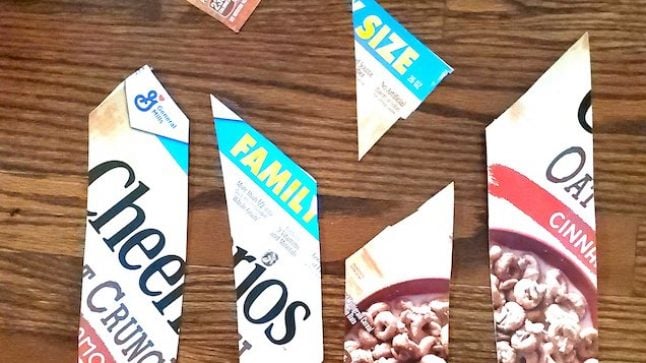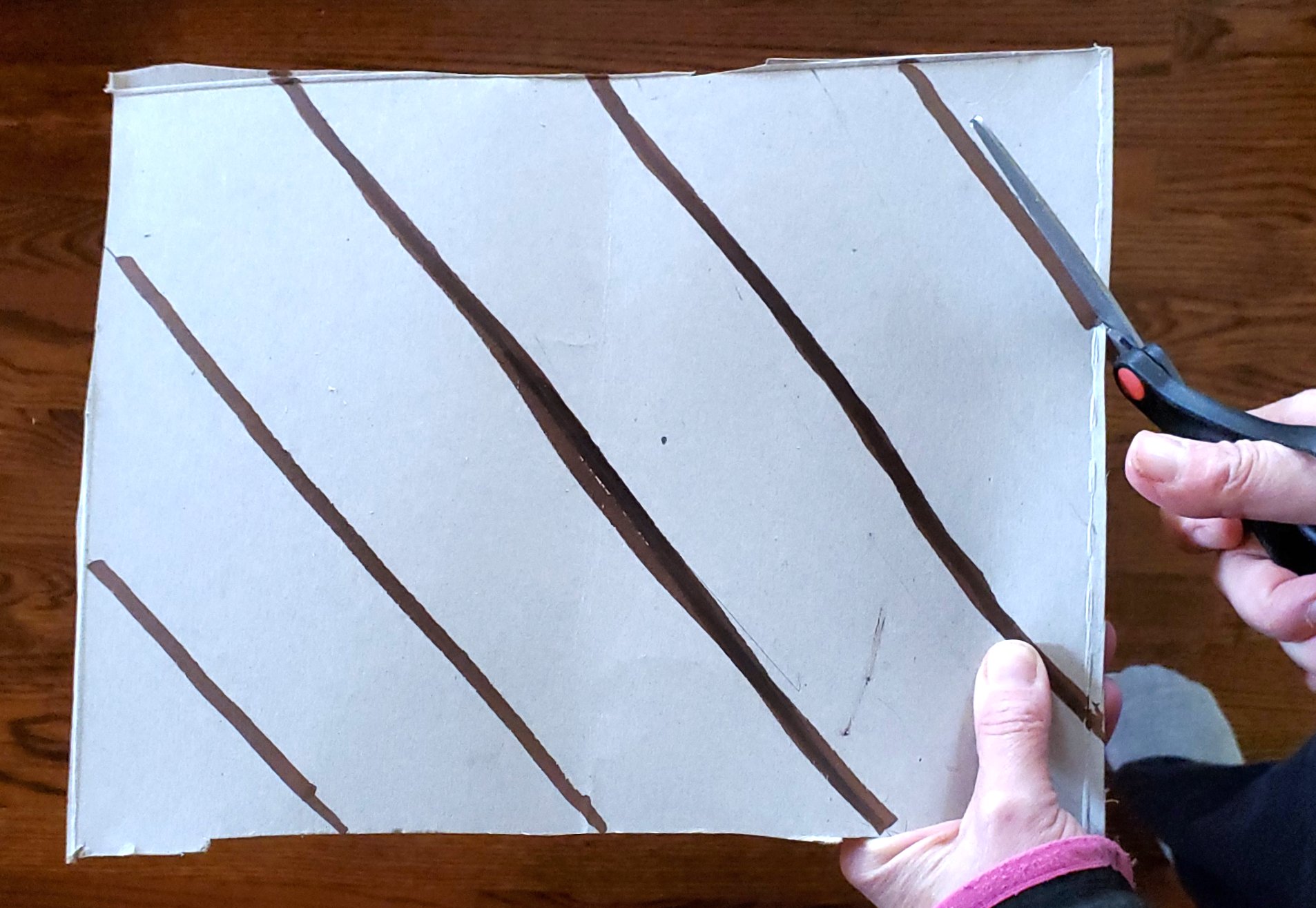Series: Ideas at Work
DIY Puzzles Develop Spatial Thinking

Jigsaw puzzles are a great way for children to develop their spatial thinking and problem-solving skills. Children enjoy doing all kinds of puzzles and making ones from materials found around the house keeps it fresh and new. Do It Yourself puzzles (or DIY puzzles) allow you to adapt and create them to address your child’s personal skill level and age. For a child new to doing puzzles or a young child, you might make a puzzle with just 5 or 6 pieces, but for a more experienced child, you might make a puzzle with 12 pieces or more.
You can make many different puzzles by using any type of cardboard box you have around the house and your own picture (a photo, poster, magazine page, or your child’s drawing). You can even use the design of the box itself such as puzzles made from the cardboard of your favorite cereal box. Here is what you’ll need and the step by step directions.
Materials needed:
- Cereal box (or other cardboard boxes you have around the house)
- Pencil
- Scissors
Optional material:
- Photo, poster, magazine page, or drawing
- Glue
- Dark marker
Directions:
- Choose either the image on the box or to use your own picture.
If you are using the image on the box itself, skip to Step 2.
If you are using your own picture, glue the image onto your cardboard and let it dry completely, at least two hours. - Cut along the edges of your picture to make the border of your puzzle.
- Flip the cardboard over and use a pencil to mark the lines of your puzzle pieces on the box. If necessary, trace the lines with a black or dark marker.
- With scissors, cut along the lines.
- Now you have your puzzle! Put the pieces in a plastic bag to make sure they stay together.
There are many ways to build conversation related to spatial relationships and shape into doing DIY puzzles. You can cue your child to do spatial thinking and look at the shape of the puzzle piece to think about where it might belong. Give hints that still let children figure it out for themselves, such as:
- “The shape of that piece makes me think it goes next to/below the one at the top.”
- “Let’s turn/flip that piece around to see if it fits near the bottom.”
Some questions you might ask include:
- “By looking at that piece, where do you think it might fit?”
- “Which way do you have to turn/flip that piece so it will fit?”
- “What makes you think that?”
As children get more experience, they can make their own puzzle or a puzzle for you. Have fun!
